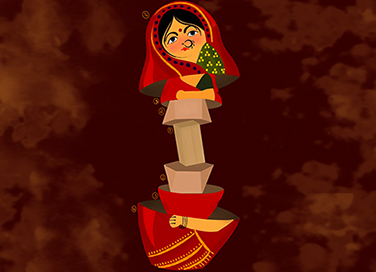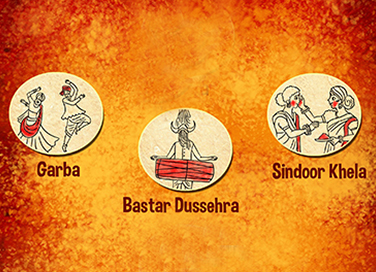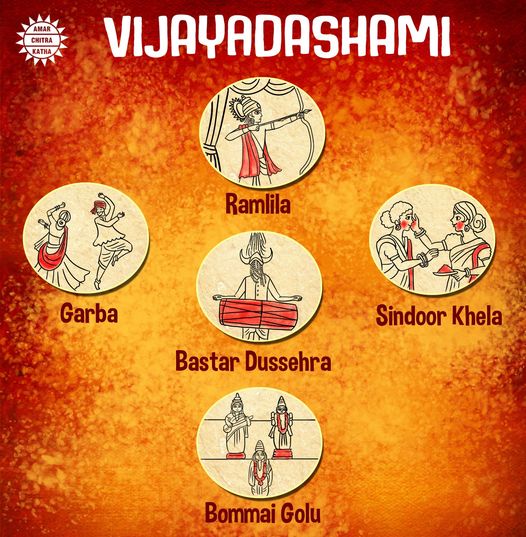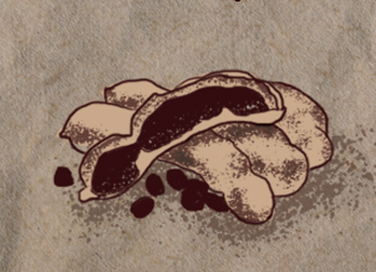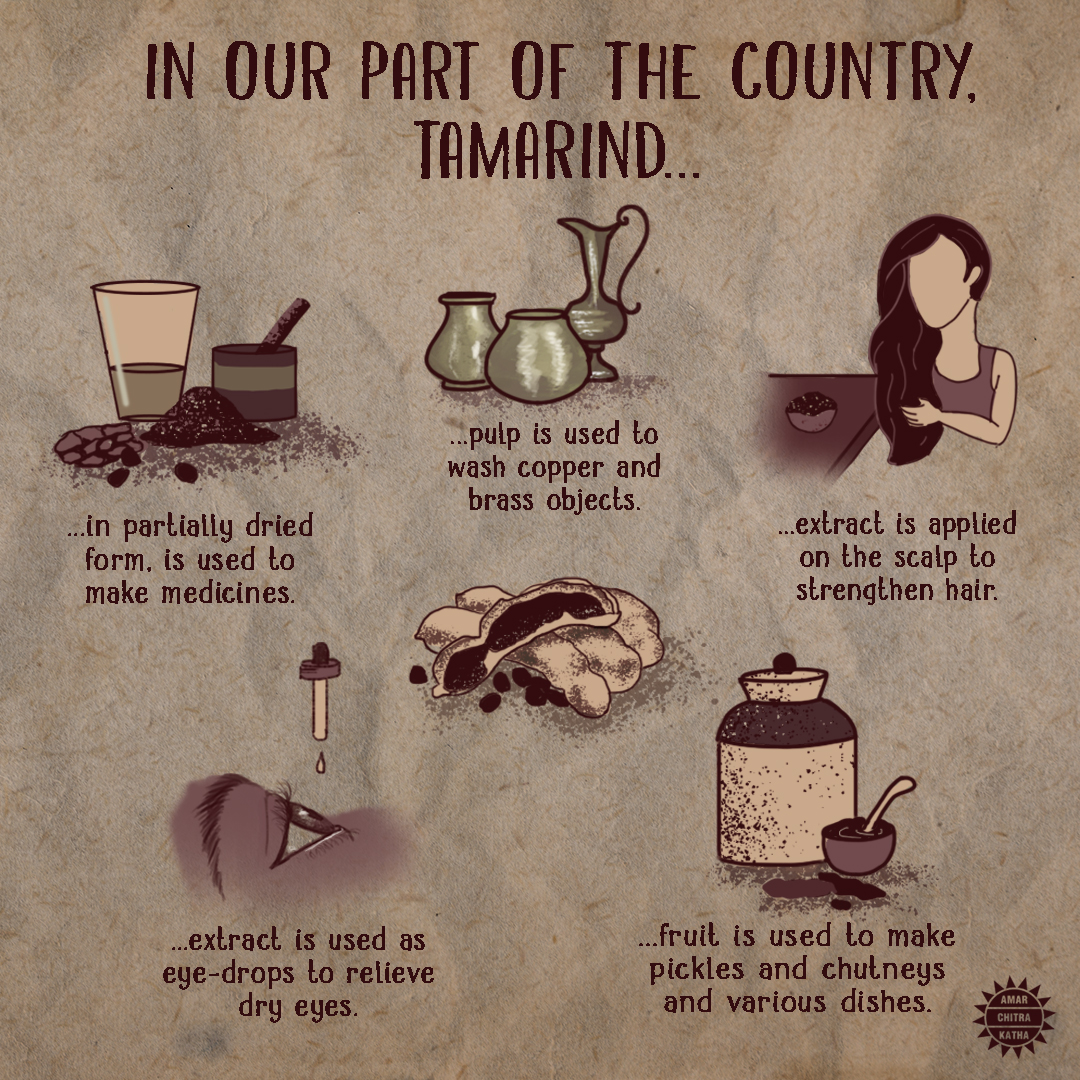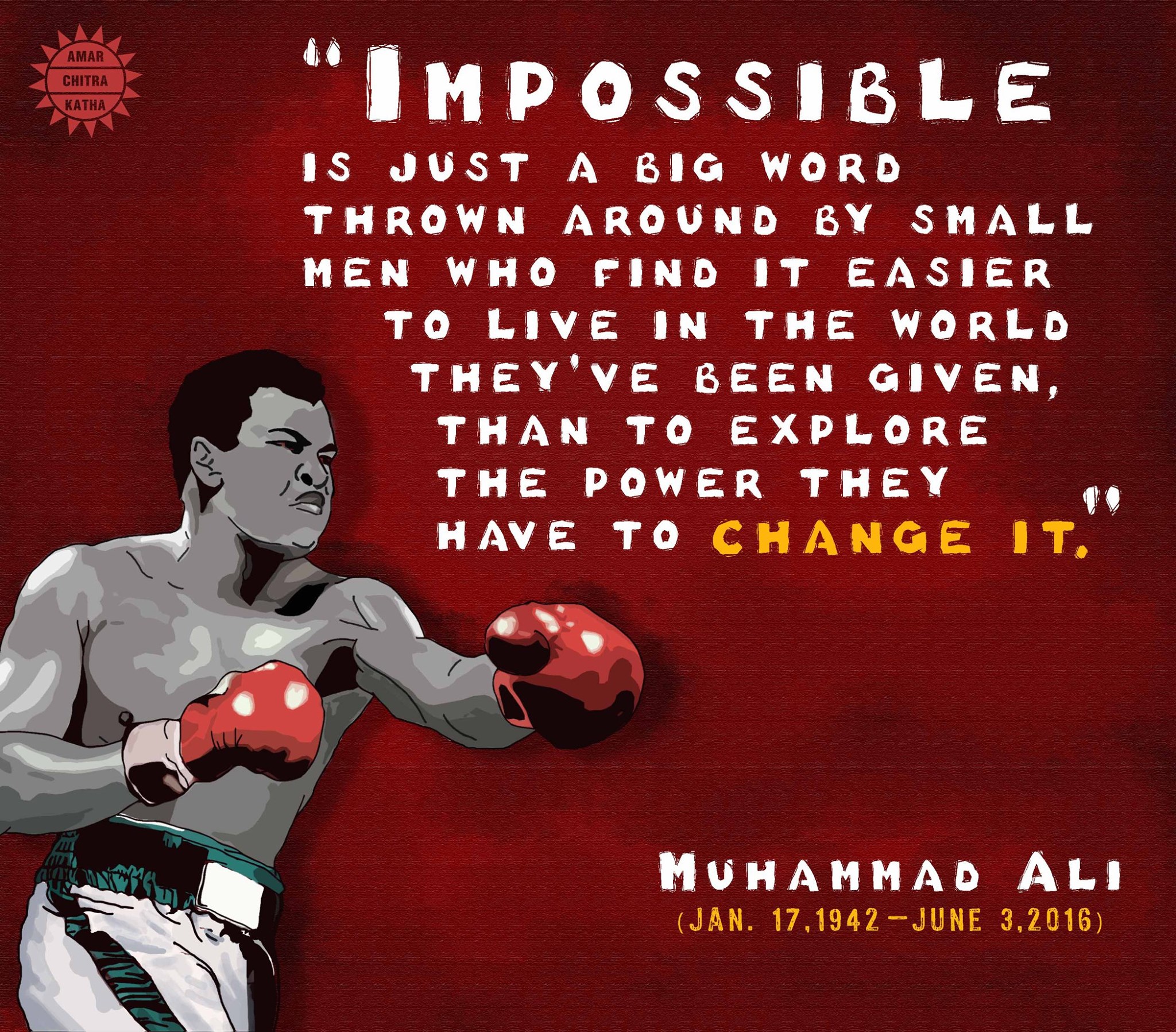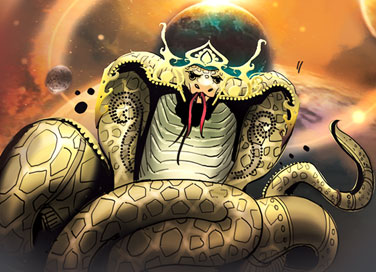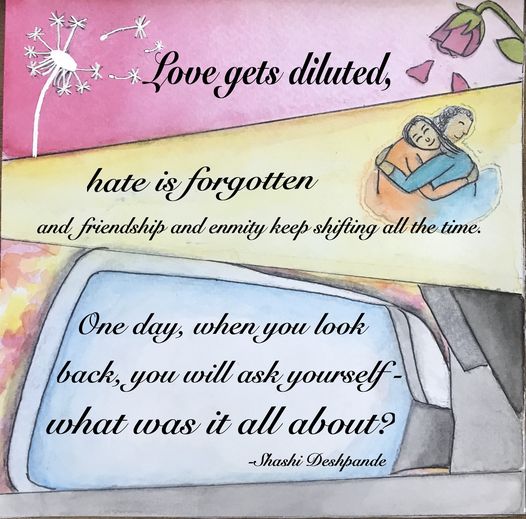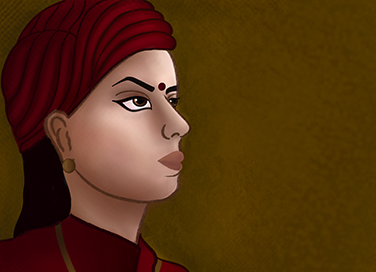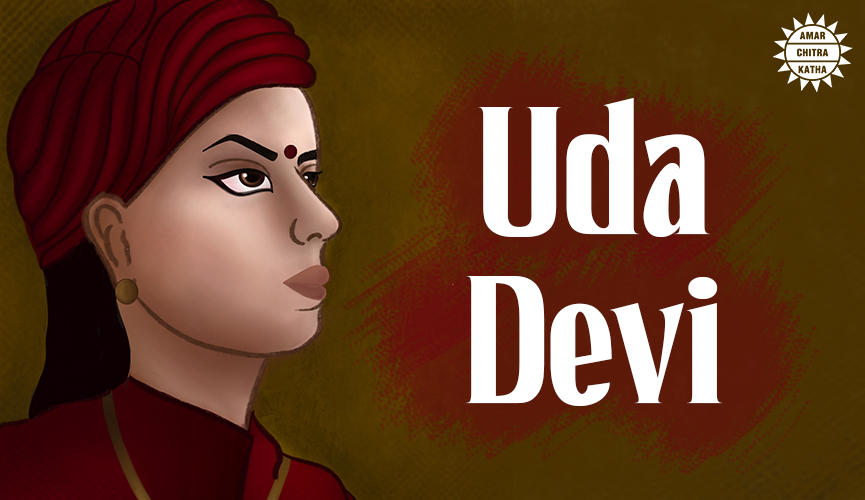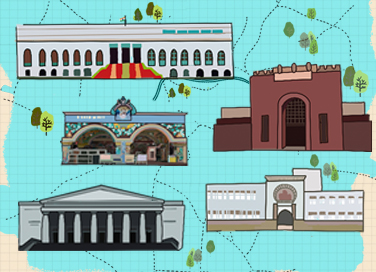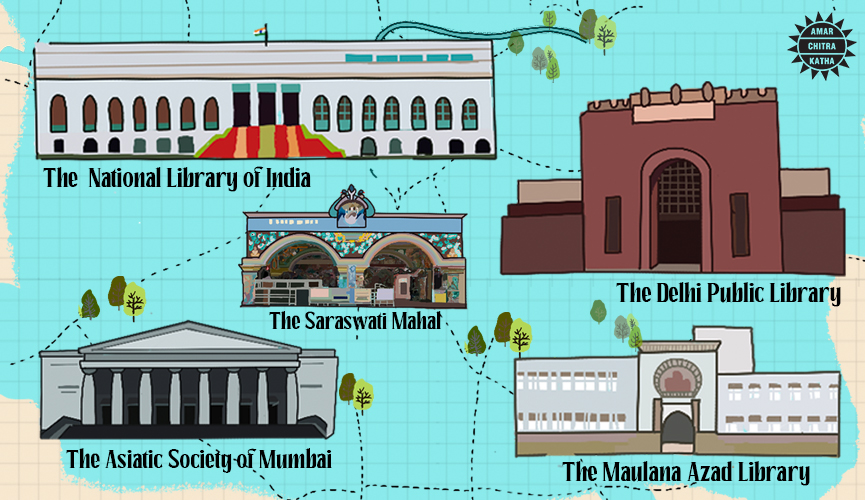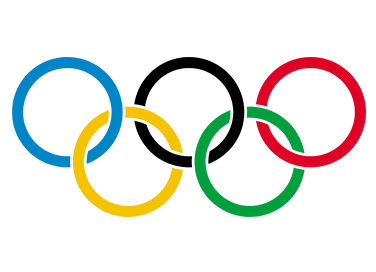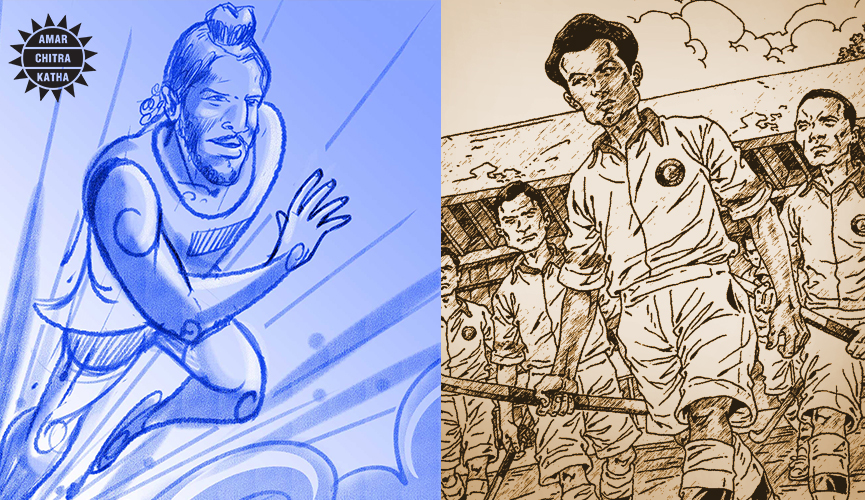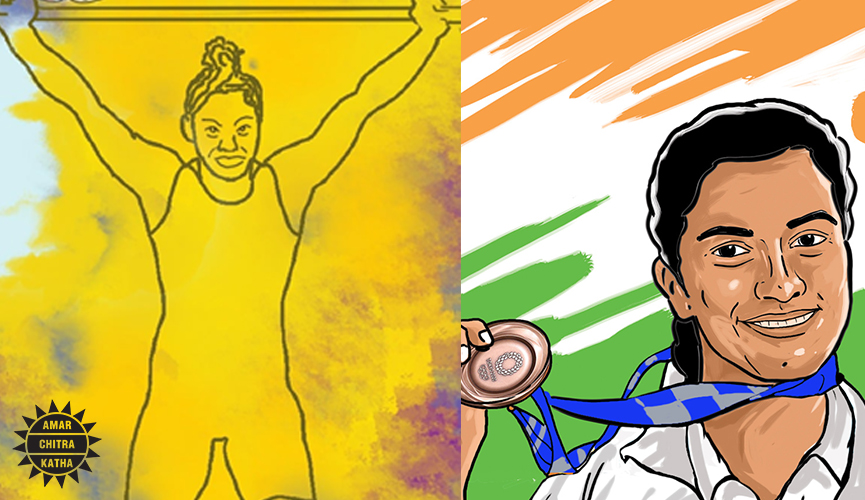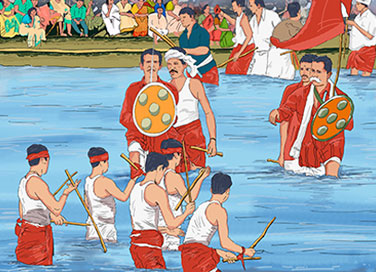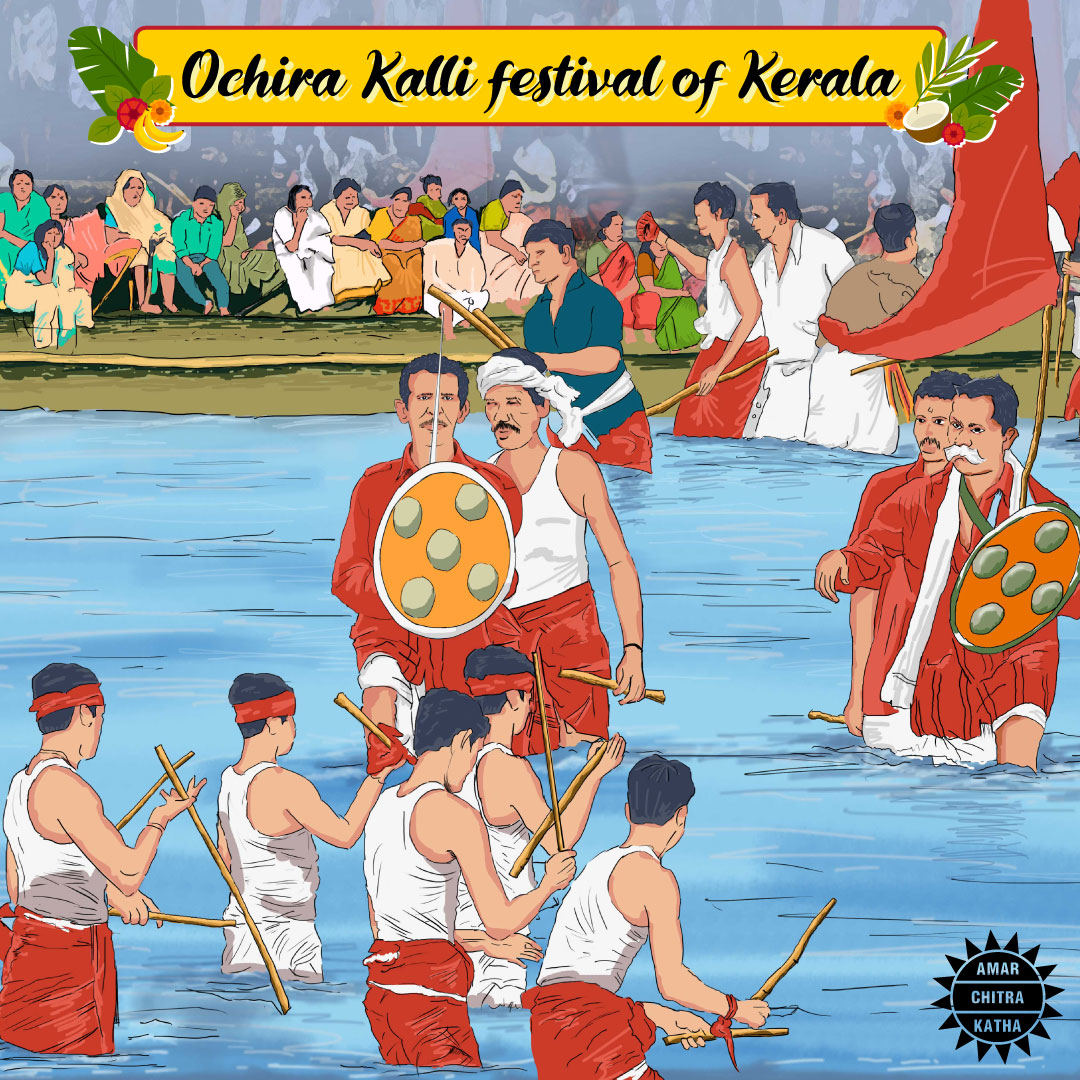By Shivam Pathania
The small city of Channapatna is located at about a distance of 60 km from the city of Bengaluru. Channapatna, is known as ‘Gombegalauru’, which means toy town in Kannada. It is rightly so titled by the state of Karnataka as it is well known for its unique wooden lacquered toys around the globe. The Channapatna wooden toys trace their origin from the era of Tipu Sultan, the ruler of Mysore kingdom around 200 years ago. The ruler was immensely impressed with the craftsmanship of the Persian toymakers and invited the talented craftsmen to his kingdom to train the local artisans. The wooden handicraft is certified as a geographical indication (GI), by the World Trade Organization.
The toys are well known for their unique and colourful aesthetic. The craft utilises a lot of round shapes and forms that are symmetrical in nature. The traditional craft was originally carved out of Ivory wood locally called ‘Aale mara’ but over the years, craftsmen have substituted the raw material with other types of hardwood like rubberwood, sycamore, silver wood, red cedar, etc. After the procurement of the wood, it is usually seasoned for about two to three months. Once it is ready, it is sent for carving. The carving takes place on the lathe machine, which is used for creating objects that are symmetrical around an axis. The wood pieces are shaped in cylindrical forms before they are mounted on the machine. Then the machine is used to make them into spheres, hemispheres, cones and other round forms. The rotating wooden cylinder is given different shapes and forms using chisels and files. Once the required shape is achieved, it is rubbed with sandpaper for an even surface. While still rotating on the machine, the wooden toy is coloured using vegetable dyed lacquer sticks and is polished in the end using a palm leaf. The eye-catching colours of the toys are made from all-natural materials. The yellow dye is obtained from turmeric, blue dye from indigo powder, red and orange dyes from Kumkum, and brown dye from Katha or extracts from the acacia tree.
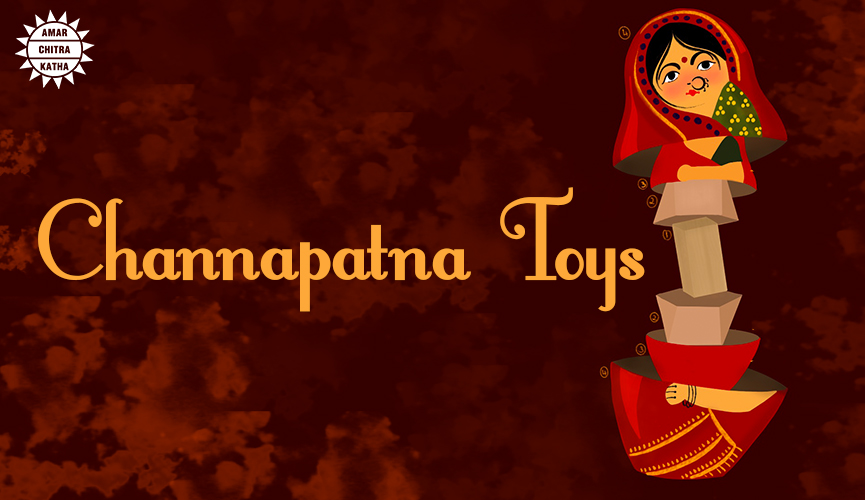
Traditionally, the craftsmen used to make animal figurines, kitchen sets, playing tops and characters from religious and folktales. But with time, they have changed their perception of design. Modern demands require modern designs. The artisans have broken out of the conventional purpose of the craft and have expanded their domain into different fields. Channapatna artisans have transitioned from just creating traditional toys to also producing interior decoration items, articles for household utilities, aesthetic jewellery boxes, coaster sets, key chains, and huge catalogues of gift items tailored for different corporations. Apart from their traditional designs, the toys are also available in the form of Russian dolls, different vehicles, baby rattles and many traditional and modern game sets. Because of its flexible approach towards design and its ability to evolve with modern times, the homegrown craft has established demand in international markets like the US and the UK.
In a capitalistic world where most corporations prefer profit over the planet, Channapatna toys have established a more sustainable approach comparatively. The dyes that are used to add colour to the wooden toys are completely natural. Using natural dyes over synthetic dyes makes the toys non-toxic which is safe for children as well as the planet. Another important factor is related to waste generation. The wood shavings and the powdered wooden remains that are produced by the lathe machine during the carving of the toys are utilised by the incense industries. Thus, it makes the production of Channapatna toys a zero-waste industry.
Even though the toys are exported to other countries, traditional toys face a lot of competition in the market. Children prefer western toys that have a more modern touch to them. The western toys also get exposure through visual mediums like television shows, which in turn increases the popularity of such toys among children. Another bias, that the Channaptna toys face, is related to it being more of a handicraft than a toy. Thus this decreases the chances for the toys to hit the shelves of the big toy stores and the toy vendors are forced to market their products through exhibitions or craft clusters, which are rarely a hotspot for their target audience. Having said that, these unique toys are here to stay and always find a place in the hearts of Indians.




